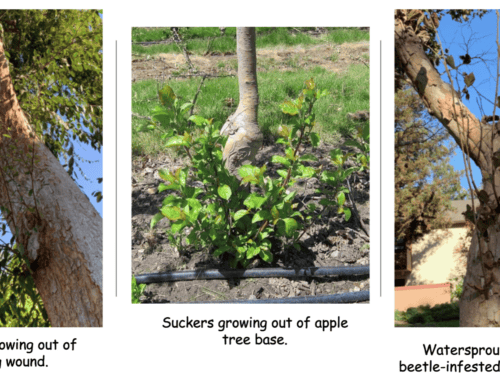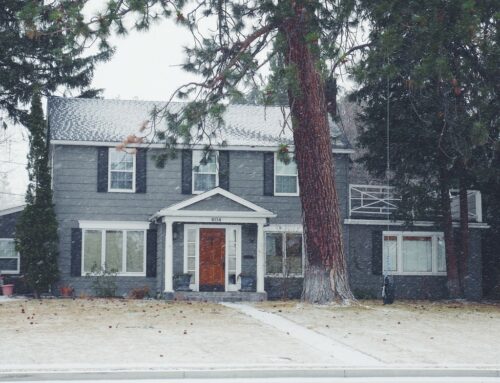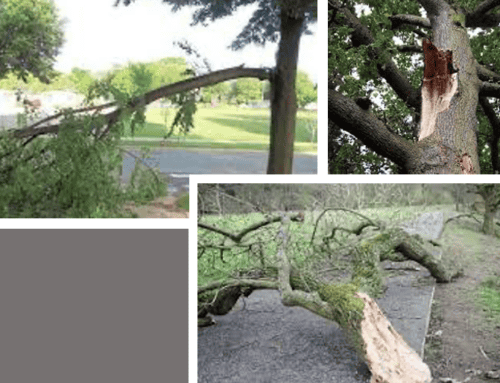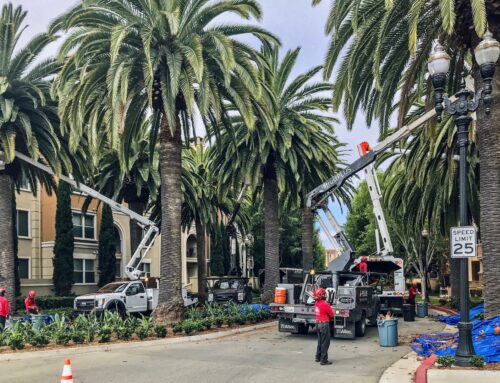Bark Cracks on Trees
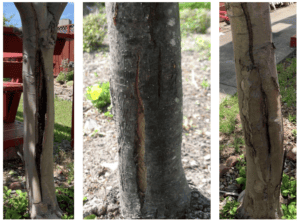
1. Sunburn
Too much heat and direct sunlight damages bark. This can happen in hot, dry summers, and if trees are suddenly pruned a lot. Sunburn is most likely to occur on southern and southwestern sides of the tree.
2. Suncald
Direct daytime sun followed by cold night temperatures damage inner bark. The injury isn’t immediately noticeable, but come spring, the patches of dead bark may crack and fall off. Like sunburn, sunscald mostly occurs on southern and southwestern sides of the tree.
3. Frost Cracks
When temperatures drop, water freezes. Remember that water expands when it freezes, so this pushes against the bark and creates cracks.
4. Sudden Irrigation Changes
During a prolonged drought or low irrigation period, bark becomes drier and more brittle. If this is suddenly followed by wet weather or lots of irrigation, the tree absorbs a lot of water and may undergo a growth spurt. High water pressure and growing tissue pushes against the brittle bark, forming cracks.
5. Late Season Fertilization
Fertilizing late in the growing season, like summer or early fall, “tricks” the tree into growing when it really should be going into dormancy. Late season growth spurts result in bark that doesn’t have time to harden before winter, increasing susceptibility to sunscald and frost cracks.
6. Herbicide Usage
Herbicides, such as glyphosate, often contain wetting agents to improve herbicide efficacy. Studies by the Utah State University show that these wetting agents are accidentally absorbed by trees if overused and can cause bark cracks.
Should I Be Concerned?
Healthy, vigorous trees can recover from bark cracks and compartmentalize the wounds. But on stressed trees with deep cracks, the cracks close slowly and provide entryways for disease & pests.
How to Prevent Bark Cracks
Don’t overprune trees.
Location, location, location! Plant the right tree in the right place. If it’s a shade tree, don’t plant it in an open parking lot. If it’s a thin-barked tree, don’t plant in unsheltered area with extreme day-night temperature fluctuations.
Insulate bark with light colored tree wraps in winter or summer. Inspect often and remove immediately when winter/summer is over. Tree wraps can hold moisture and encourage pests & diseases.
Properly and regularly irrigate trees.
Don’t fertilize in summer or early fall.
Minimize usage of glyphosate and other herbicides with wetting agents.
My Tree Already Has Bark Cracks. What Can I Do?
Keep your tree healthy. Mulch, irrigate properly, prune only as needed.
Bark Trace. Cut along the edge of the crack to remove loose, jagged bark. This discourages pests & pathogens and helps the tree close up cracks smoothly.

Bark tracing.
DO NOT use wound paint or sealant. Research shows that these treatments don’t close up cracks more quickly – they only improve aesthetics. It’s like putting a bandaid on and ignoring the underlying problem!

